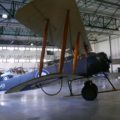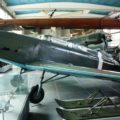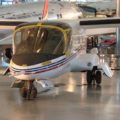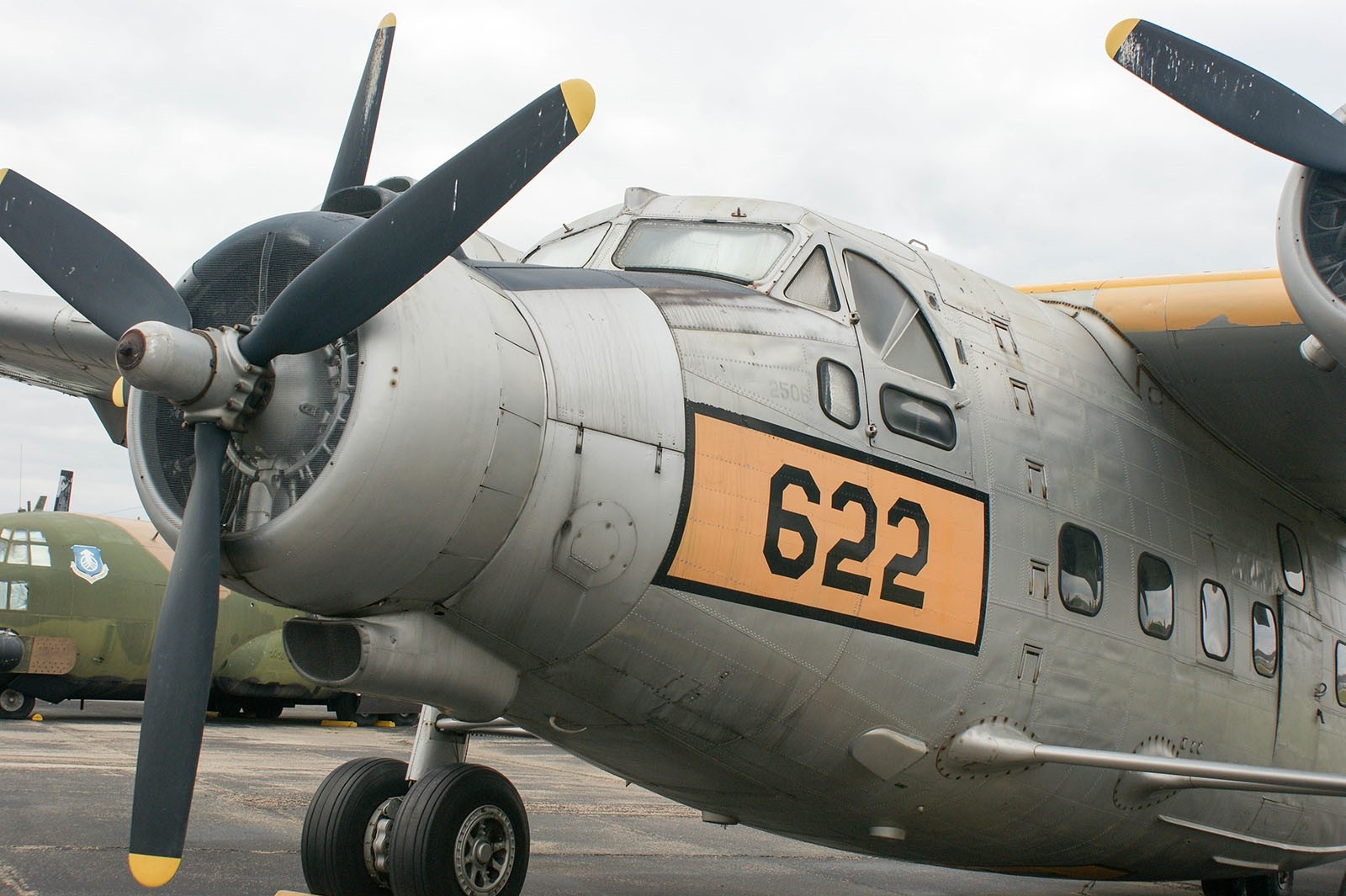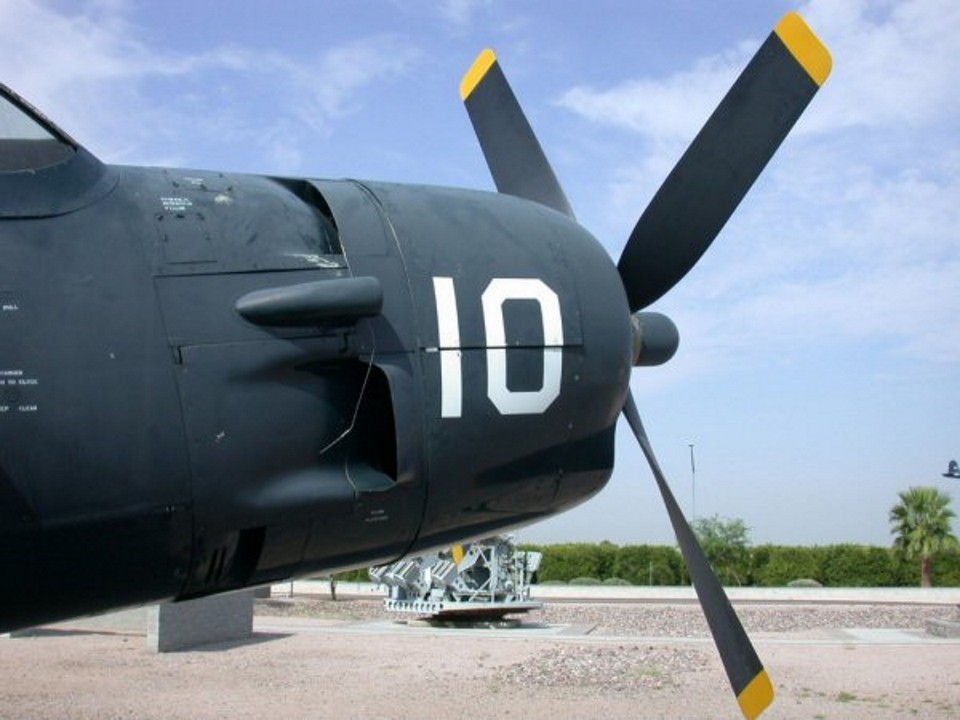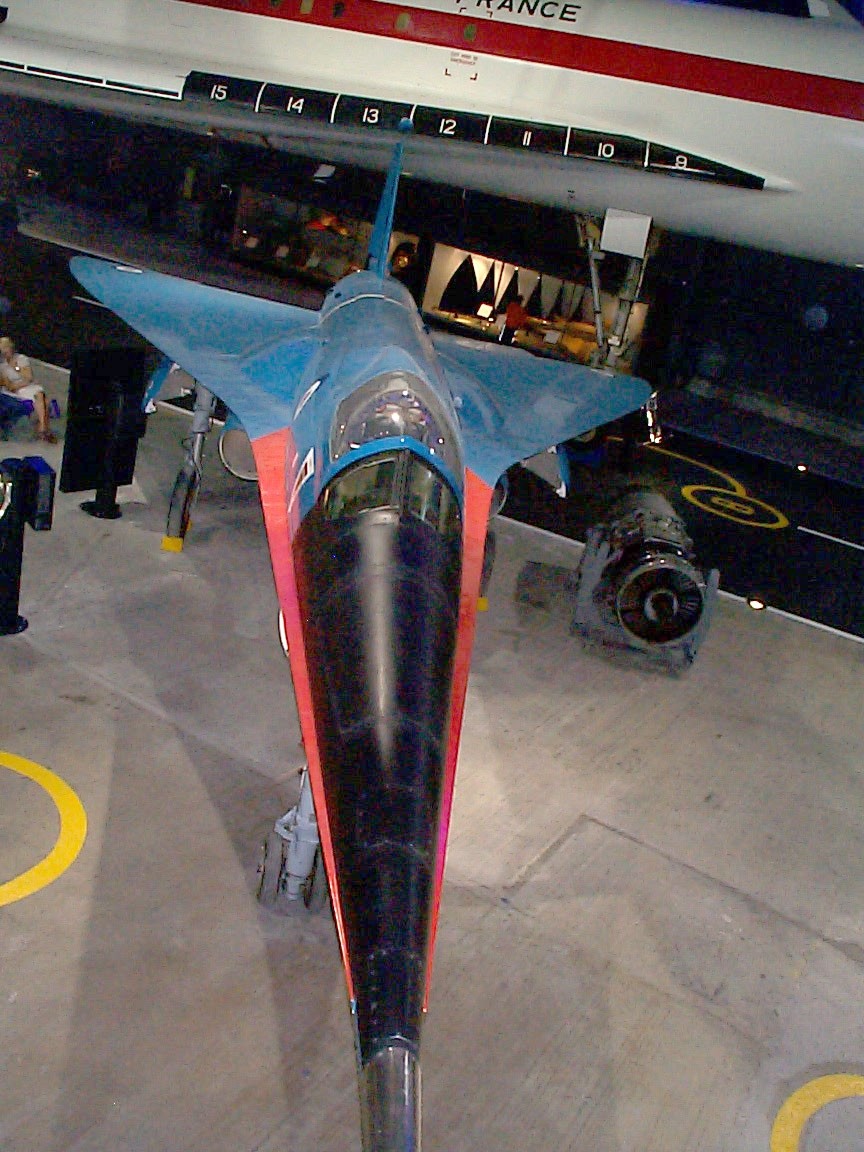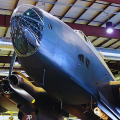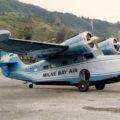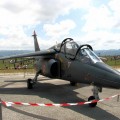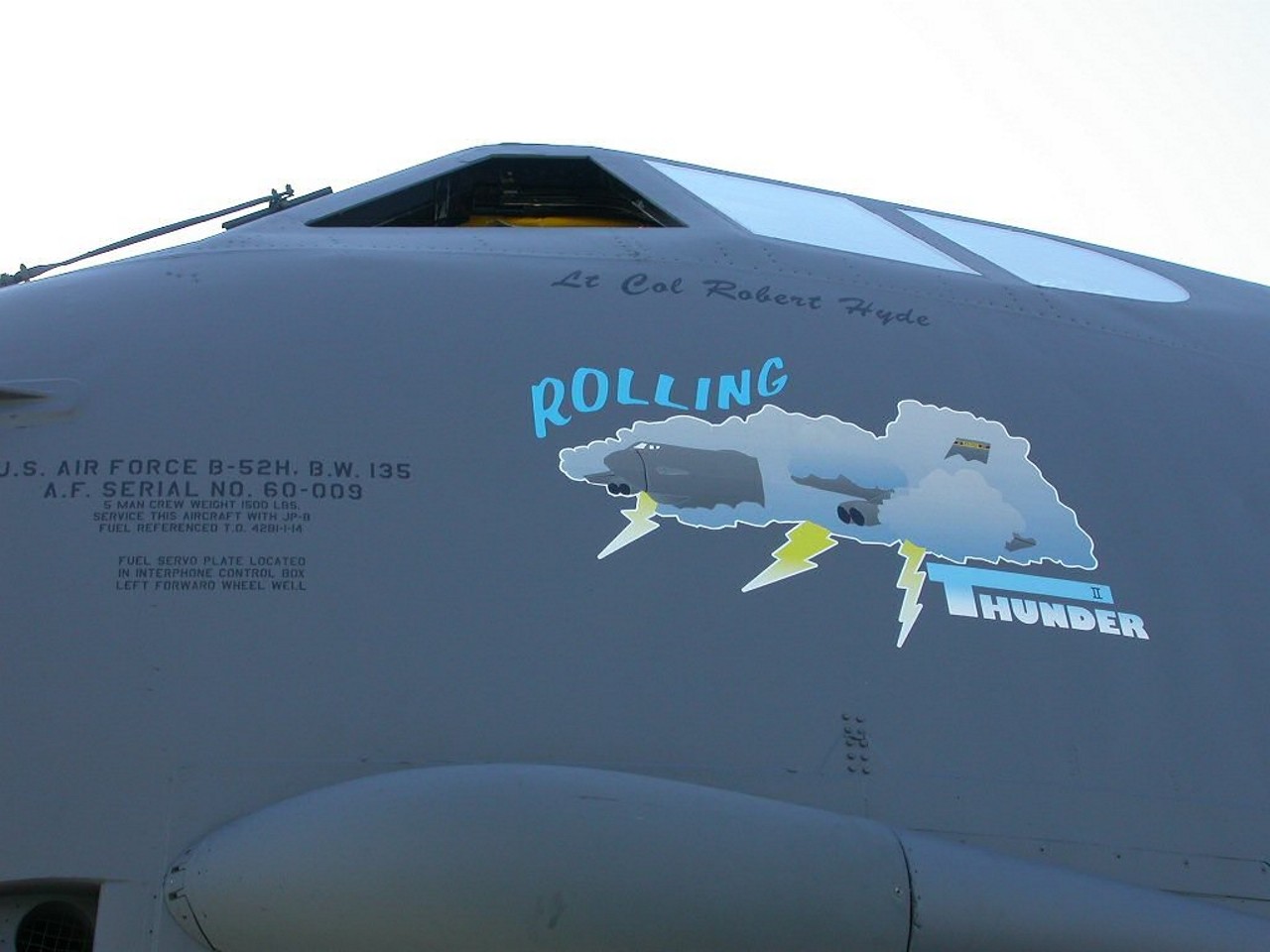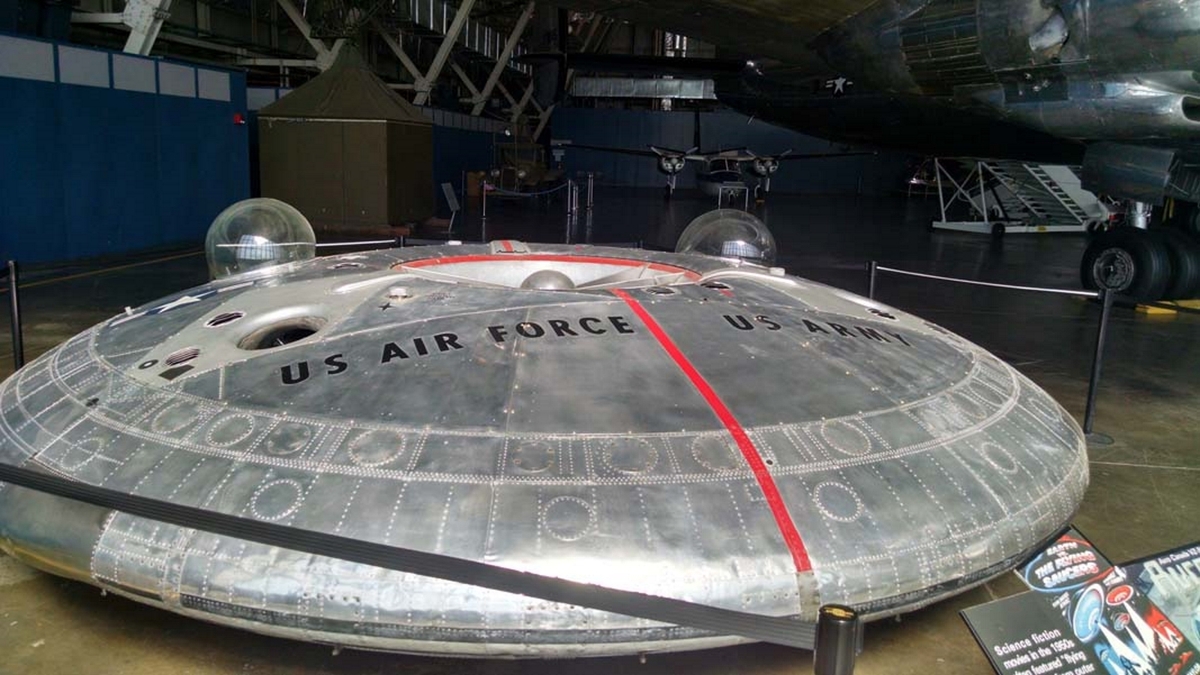
Avro Canada VZ-9 Avrocar | |
|---|---|
| Země | SPOJENÉ STÁTY |
| Roli | Experimentální vozidlo VTOL |
| První let | 12. listopadu 1959 |
| Postaven | 2 |
The Avro Canada VZ-9 Avrocar was a VTOL aircraft developed by Avro Canada as part of a secret U.S. military project carried out in the early years of the Cold War. The Avrocar intended to exploit the Coandă effect to provide lift and thrust from a single “turborotor” blowing exhaust out the rim of the disk-shaped aircraft. In the air, it would have resembled a flying saucer. Originally designed as a fighter-like aircraft capable of very high speeds and altitudes, the project was repeatedly scaled back over time and the U.S. Air Force eventually abandoned it. Development was then taken up by the U.S. Army for a tactical combat aircraft requirement, a sort of high-performance helicopter. In flight testing, the Avrocar proved to have unresolved thrust and stability problems that limited it to a degraded, low-performance flight envelope; subsequently, the project was cancelled in September 1961.
| Avro Canada VZ-9AV Avrocar Walk Around | |
|---|---|
| Photographer | Vladimir Yakubov |
| Localisation | National Museum of the USAF, Dayton |
| Photos | 39 |
Najděte sady na eBay:
Související sady:
Avro Canada VZ-9 Avrocar byl kanadský experimentální letoun navržený v 50. letech 20. století za účelem zkoumání konceptu kruhového křídla. Avrocar byl zamýšlen jako vozidlo s vertikálním vzletem a přistáním (VTOL), které by se mohlo vznášet a létat vysokou rychlostí. Projekt byl financován kanadskou vládou a později letectvem Spojených států (USAF) a armádou (US Army) jako součást jejich výzkumu technologie létajících talířů.
Avrocar byl založen na Coandăově efektu, což je tendence proudu tekutiny zůstat připojen ke konvexnímu povrchu. Avrocar používal centrální proudový motor k vytvoření proudu vzduchu, který proudil přes kruhové křídlo a poskytoval vztlak a tah. Pilot mohl ovládat směr a výšku Avrocaru naklápěním křídla pomocí tří nastavitelných lopatek v zadní části vozidla.
Avrocar prošel několika testy v aerodynamických tunelech a na zkušebních zařízeních, ale nikdy nedosáhl stabilního letu. Hlavním problémem bylo, že proud vzduchu se při nízkých rychlostech stal nestabilním a způsoboval silné nárazy a vibrace. Avrocar také trpěl špatnou aerodynamikou a nízkým poměrem tahu k hmotnosti. USAF a US Army nakonec ztratily o projekt zájem a v roce 1961 zrušily své kontrakty. Avrocar byl považován za neúspěch a slepou uličku ve výzkumu VTOL.
Dva prototypy Avrocaru jsou nyní vystaveny v Národním muzeu letectva Spojených států amerických v Ohiu a v Národním muzeu letectví a kosmonautiky ve Washingtonu, D.C.
Počet zobrazení: 1655
